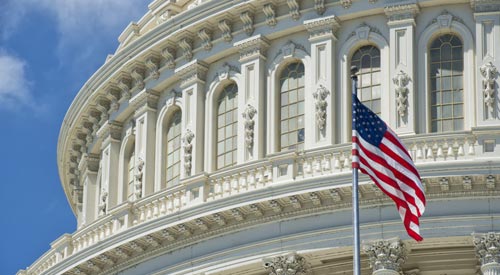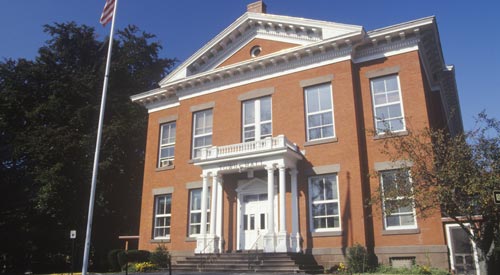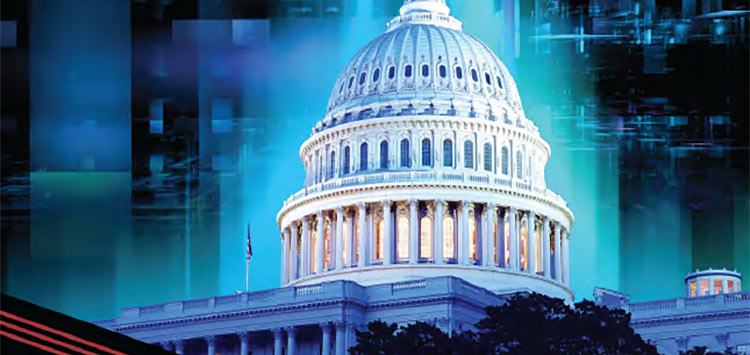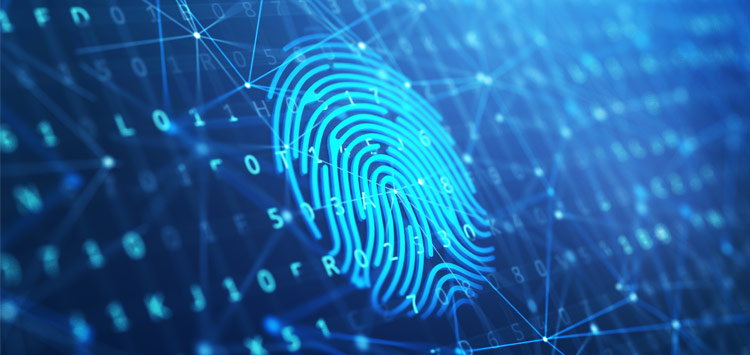DDoS attack against Whitehouse.gov eyed as a valid protest
Computerworld: When Donald Trump is inaugurated as the U.S. President on Friday, Juan Soberanis intends to protest the event -- digitally. His San Francisco-based protest platform is calling on Americans to oppose Trump’s presidency by visiting the Whitehouse.gov site and overloading it with too much traffic. In effect, he’s proposing a distributed denial-of-service attack, an illegal act under federal law. But Soberanis doesn’t see it that way. “It’s the equivalent of someone marching on Washington, D.C,” he said on Monday. “Civil disobedience has been part of the American democratic process.” Soberanis’s call to action is raising eyebrows and highlights the isssue of whether DDoS attacks should be made a legitimate form of protest. Under the Computer Fraud and Abuse Act, sending a command to a protected computer with the intent to cause damage can be judged a criminal offense. But that hasn’t stopped hacktivists and cyber criminals from using DDoS attacks to force websites offline. In 2013, the U.S. charged 13 people affiliated with the hacktivist group Anonymous for launching DDoS attacks on government entities, trade groups and law firms.
Tags
Share
Top Stories
- Closing the Digital Divide in Government: 5 Strategies for Digital Transformation
- Hackers used legit remote monitoring software to hack agency networks
- What Motivates Remote Workers to Protect IT Assets?
- Governments View Open Source as Critical for Enhancing Digital Services, Experts Say
- The federal government is moving on memory safety for cybersecurity
- IT leaders’ top 12 takeaways from 2022
- GAO Highlights Interoperability Challenges With Zero Trust
- Commerce Seeks IT Subject Matter Expert Support
- IT leaders weigh the case for innovation in industry clouds
- FITARA scorecard sees 7 agencies increase their marks amid cyber methodology changes
- Almost 9 in 10 Federal Agencies Using or Considering 5G, Per Study
- Making a Successful Shift to Digital-first Government
- 8 reasons why digital transformations fail
- Report finds Census Bureau lacks ‘effective cybersecurity posture’ after red team hack
- What transformational leaders too often overlook
- (More) Clarity in the Clouds – What’s Needed to Secure Multi-Cloud Environments
i360Gov Newsletters
The most significant government policy, business, and technology news and analysis delivered to your inbox.
Subscribe NowTrending
- Almost 9 in 10 Federal Agencies Using or Considering 5G, Per Study
- IT leaders weigh the case for innovation in industry clouds
- FINRA CIO Steve Randich pushes the public cloud forward
- Biden Announces New Appointees for Telecommunications Advisory Committee
- USPTO Works to Modernize Patent Processing with AI
- Lessons from China’s Cyberattack Strategy Can Help CISOs Better Manage Threats, Report Says
- Mentoring tomorrow’s Black IT leaders
- The federal government is moving on memory safety for cybersecurity


















